Plum, cherry, strawberry, vanilla, raisin, nutmeg, cinnamon, chocolate… Where do they all come from?
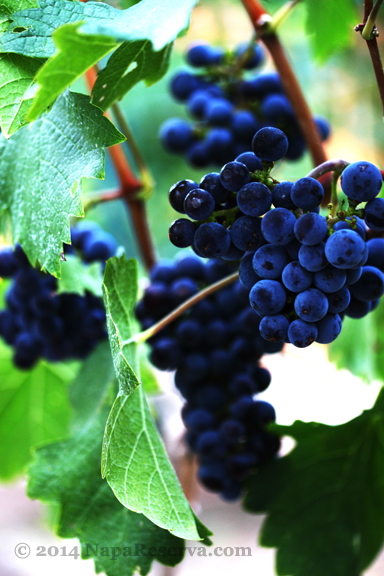 Plum, cherry, strawberry, vanilla, raisin, nutmeg, cinnamon, chocolate, cassis, berry, currant, licorice, white pepper, eucalyptus, cloves, anise, tea leaf, tomato leaf, limestone, chalk, nutty, cedar… the list goes on and on. You couldn’t help but wonder where these flavors come from. There are three distinct stages during the life of a wine that will greatly impact its final results.
Plum, cherry, strawberry, vanilla, raisin, nutmeg, cinnamon, chocolate, cassis, berry, currant, licorice, white pepper, eucalyptus, cloves, anise, tea leaf, tomato leaf, limestone, chalk, nutty, cedar… the list goes on and on. You couldn’t help but wonder where these flavors come from. There are three distinct stages during the life of a wine that will greatly impact its final results.
On the Vines
Wine started out as grapes. As they grow and ripe on the vines, they take on much of their flavors from the very soil they grow in. Same varietal but if grown in different areas will take on entirely different flavor profiles. Clay-rich soil in California is great for orchard and fruit growing, grapes from California are known to be very fruit-forward and ripe flavor. In Europe, many regions sit on limestone and gravels, their wine of course take on more chalky and mineral characters.
At the winery
Once harvested, the grapes quickly make their way to the winery for process. Many wine makers believe that most of the wine making is done while grapes are in the vines, all they do is to transform grapes into wine, preserve its flavors in a bottle. Although many wine makers live by such belief, however, they can significantly alter the style of that wine.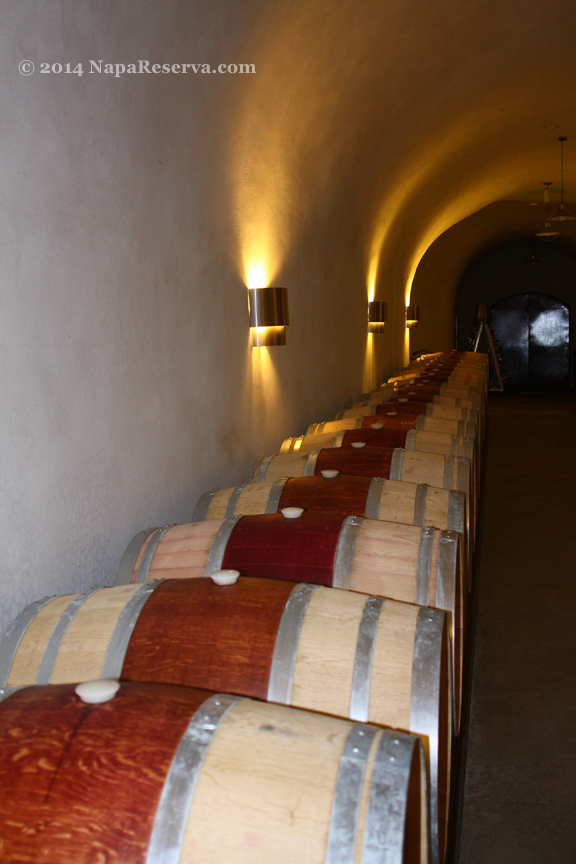
The grape berries can be gently crushed or pressed, just enough pressure so that their skins slit. Little agitation to the seeds and skin promotes a more fruit-driven wine. On one side, if crushed with more pressure, skin and seed will add more tannins and sometime herbal notes to wine.
Whether the flavors come from the grape berries or during the wine-making process, they make up the Aromas of wine, not to be confused with Bouquet which develop during the aging stage of wine, long after its fermentation.
In the Cellar
The majority of wine are meant for early consumption, within 7 years or less; especially white wine. A good amount of wine will benefit from additional aging. Wine can age and evolve in both Oak barrels or in their bottles. Usually, they will spend several months up to a couple of years in Oak barrel, then stored away in bottles for additional aging.
Oak imparts flavors and even texture on wine that can not be achieved any other means. Caramel, nutty, smoke, dark chocolate, vanilla and coffee are typical flavors found in wine having aged in Oak. After bottling and stored away in cellar, small amount of oxygen sips through bottle corks and slowly changes the wine inside; aged wine often showcase herbal notes and stewed vegetables/fruits. These are not Aromas, but together they are the Bouquet of wine.
Grapes having been through a journey became wine, wine having crafted by vintners became stories in a bottle. Each of them is very unique with distinct personalities, no wonder someone once said: “Wine is bottled Poetry.” Cheers!


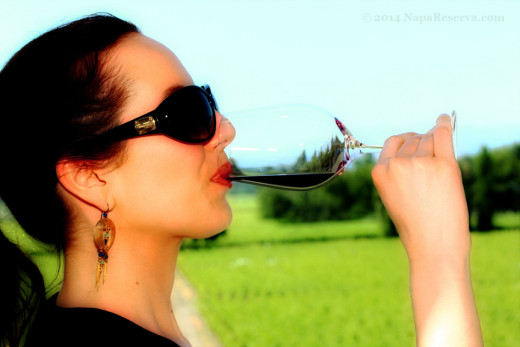
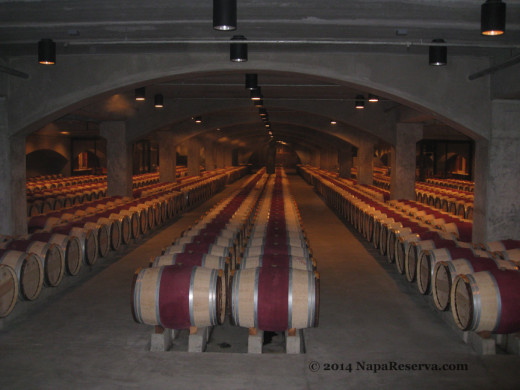
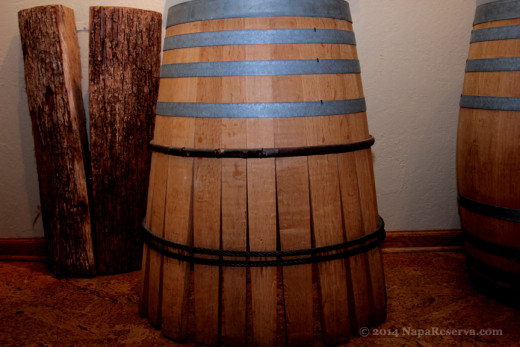
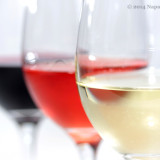
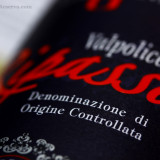

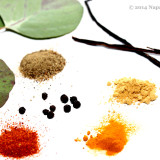
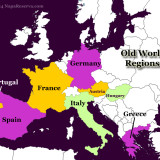
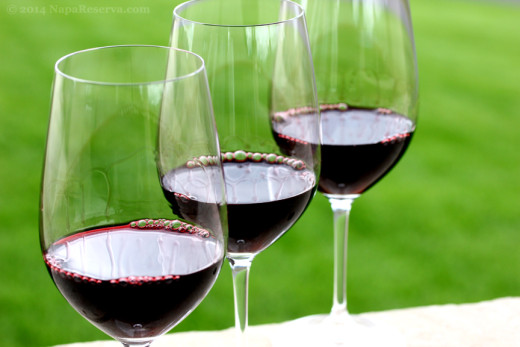
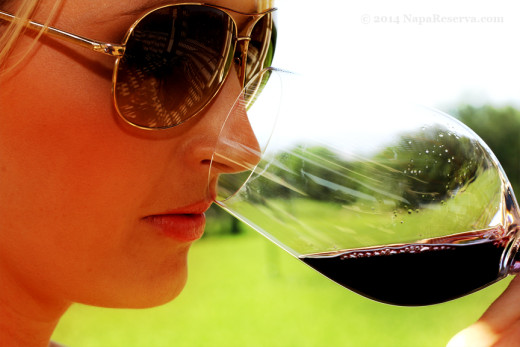
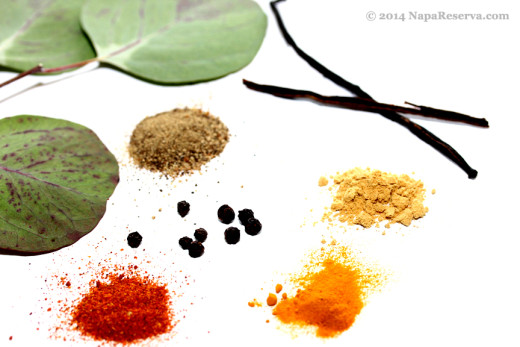
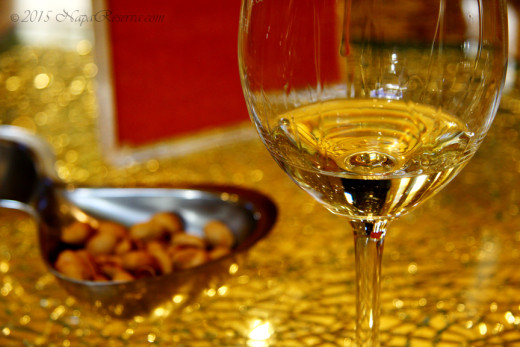


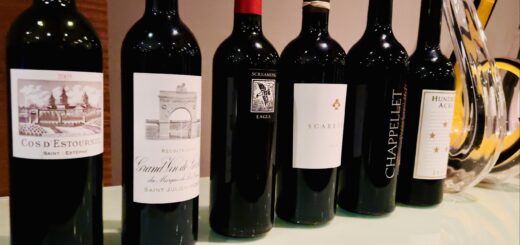
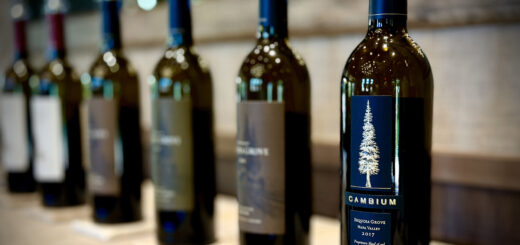
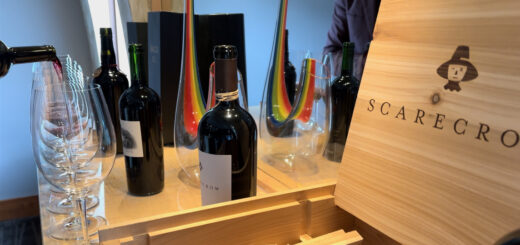
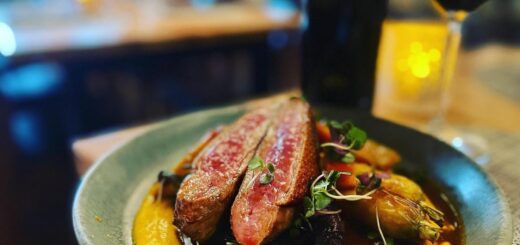
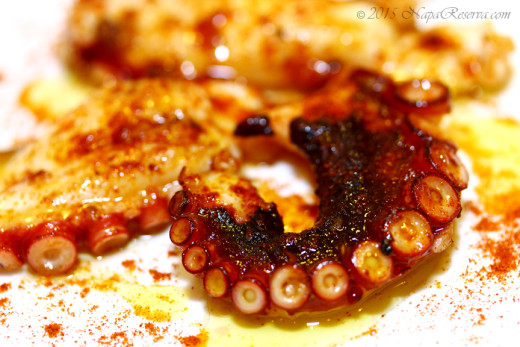
Thank you for your comment! Glad you enjoy the articles, please like us on Facebook and share. Salud!
Great article ,i like the web site a lot. Good luck